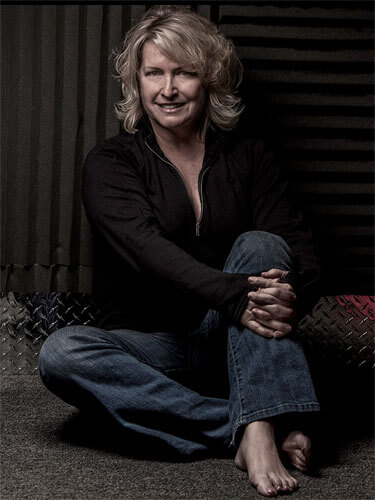Born in Phoenix Arizona, Jodi Champagne had a passion for drawing from a very young age. While other children drew flowers and smiley faces Jodi´s artistic interest was more in the eyes and character of a person. At the age of 15 Jodi became a mother, so her creative ventures were put on hold while she raised her family and devoted herself to the corporate world of engineering. As her family grew older she found herself becoming the designated photographer and videographer of all their family vacations and outings. One day she realized that she had replaced her pencil and paper with a Canon DSLR camera.
Jodi began working as a portrait, wedding, family and sports photographer and quickly discovered her true passion in documentary and street photography. Telling a story, bringing awareness and making a difference with her work is what she strives for. She has traveled to the corners of Myanmar to the corners of downtown Los Angeles to capture humanity with compassion and heart.
Jodi´s award winning work has been featured in group exhibitions in the U.S., Europe and Latin America. Her photographs have been widely published in books, magazines, and used for editorial and commercial work. Along with a myriad of other honors, Jodi’s work has recently been shown in Sports Illustrated, Corbis Images, Getty Images and is available with National Geographic Creative. Jodi lives and works in Palmdale, California.
Interview by Tera Bella Media
TBMPN: What best describes your particular style of photography?
JC: I have sampled various genres of photography, but ultimately my style and passion is documentary work. I incorporate that style in my imagery when I do street or travel work. I am primarily a “candid” photographer.
TBMPN: What equipment do you regularly use?
JC: When I shoot documentary or the streets I use a Canon 50D for reach and a 5D Mk3 for close ups. I use various lenses, but for my main “go to” lenses I use a 24-70mm 2.8L and a 70-200mm 2.8L.
TBMPN: Who or what do you consider your major influences?
JC: I am an “emotional” photographer, and my goal is to evoke emotion in an image or a series of images. With that said, my major influences have been James Nachtwey and Dorothea Lange. Just one of James Nachtwey’s images is so passionately powerful and exudes more than words can. Dorothea Lange is yet another strong influence, as she took her street photography of the depression and poverty and made it her passion to create a difference.
TBMPN: Why did you choose photography as your method of expression?
JC: From a very young age I painted and drew. I did not like to limit myself and found that my camera gave me a larger canvas. It’s not easy to capture the decisive moment, but with my camera I can show the world what I see.
TBMPN: What do you wish to accomplish with your photography?
JC: Whether it is in my street, travel or documentary photography I wish to make a difference. I would like to show others certain issues of which they may be unaware. I wish to reveal cultures they might not have a chance to see and the hardship of others of which they may not be aware.
TBMPN: What are your current projects?
JC: I am currently working on the completion of my “Life Lines” and “Obsessions” series. I do have other projects such as “Waiting on a Friend” and “Silent Cries” which I feel I will always continue to work on as society changes. I also just published my first documentary book, “Courage Under Wraps”, which has taken two years to complete. It’s a photographic documentary of a young boy named Nicholas Zahorcak who has a rare, genetic disorder called Recessive Dystrophic Epidermolysis Bullosa.
TBMPN: What are your plans for future projects?
JC: I will continue to work with the Epidermolysis Bullosa organizations on some future work in order to raise awareness. Though “Courage Under Wraps” is my first published documentary, it is not my last.
In the works is an amazing project called “Diminishing Generations.” This is a documentary of our Veterans of WWII, Korea and Vietnam. It’s a powerful, emotional and very personal experience, as you will hear stories that have never been told. I will also be collaborating with Jim Dailey of Digital Delta Design to help put the book into reality and to give a real voice to the subjects. The book(s) will be published early 2015. I’m also working with an amazing composer, Marco De Bonis, from Italy. We are collaborating on a few projects together. With his music you can feel the emotions which will enhance my work.
